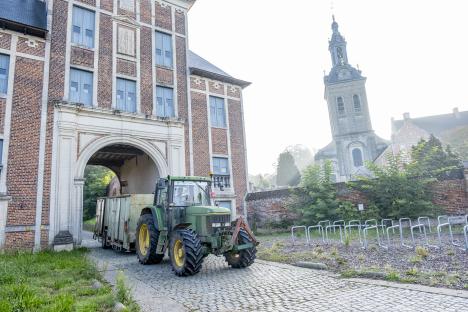Park Abbey: a food-filled past, present and future
Nine hundred years ago, the abbey was the hunting park or warande of the Count of Leuven. Through the work of the norbertines, hunting grounds became fertile farmland. Today in the 21st century, the abbey is once again setting the example with a strong and organic urban agriculture project.

From its origins, Park Abbey had an important starting capital, a hunting park, water mill and 300ha of agricultural land, around the abbey, in Leuven and as far as Vossem-Tervuren. This vast land served as a lifeline for the emerging monastic community and can be considered an early example of a short-chain system. The Norbertines embraced various agricultural activities, including animal breeding, grain harvesting, wheat milling, fishing and beekeeping. This made them largely self-sufficient, but they also reaped financial benefits from their agricultural efforts. Today, the abbey farm still exists. Admittedly smaller than before with far fewer hectares but still innovative, sustainable and focused on the short Leuven chain

